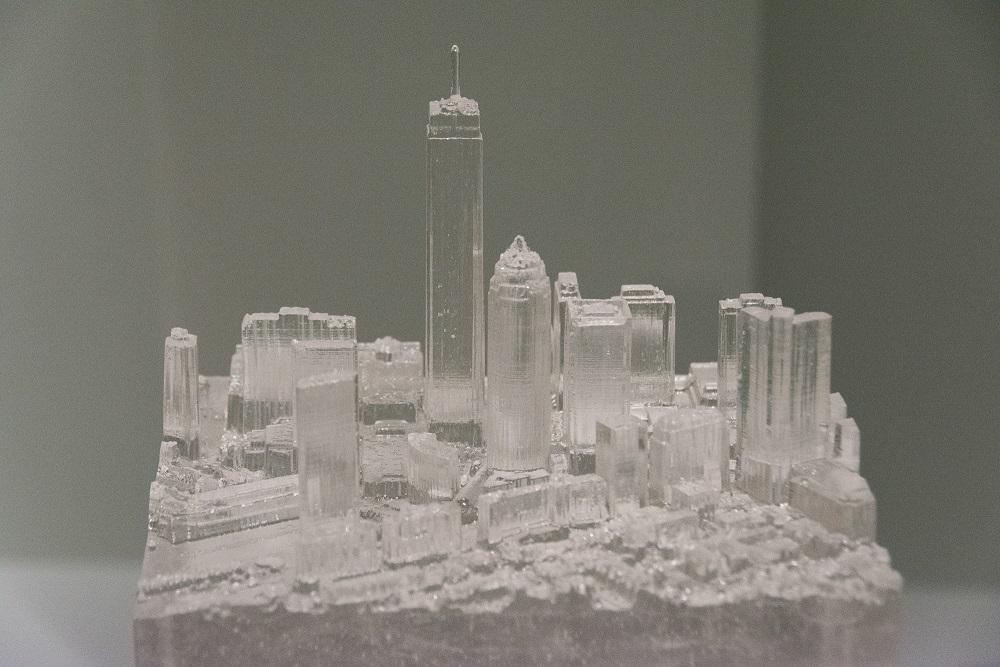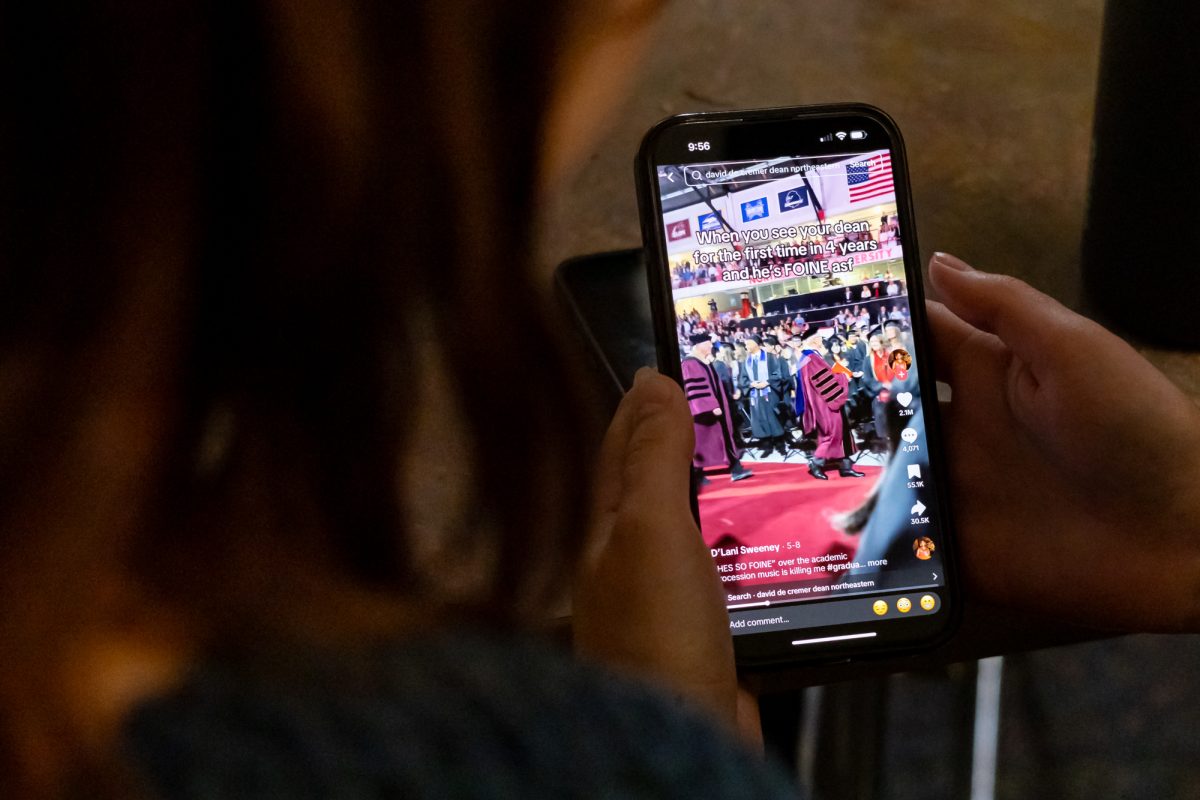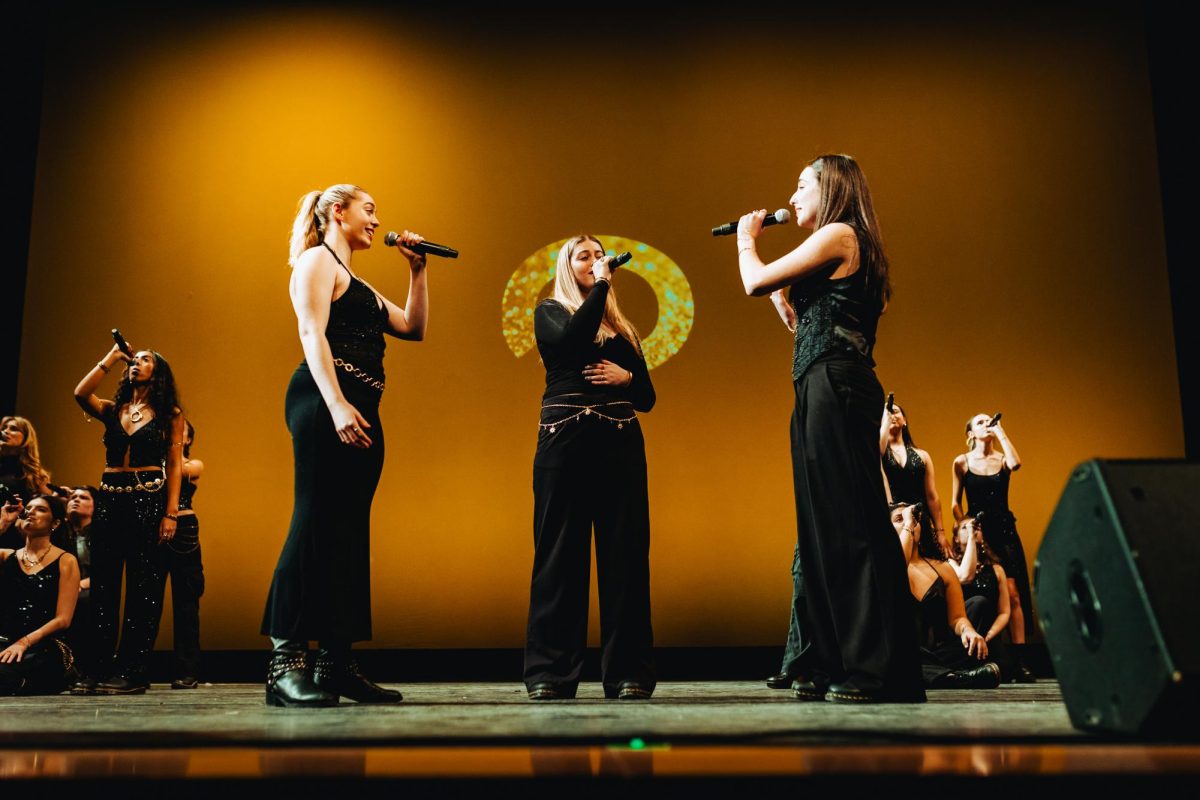By Mayeesha Galiba, news correspondent
The Museum of Fine Arts (MFA) challenges conventional crafts to take a different form in its new exhibit, “Crafted: Objects in Flux.”
In the 50-piece collection, traditional materials and processes are modified from their conventional application to fill a new role. According to Emily Zilber, curator of “Crafted,” the modifications show the constantly changing state of craftsmanship.
“All the artists are using skilled making in traditionally considered craft materials or forms,” Zilber said.
Ceramics, furniture, wood, jewelry, glass and fiber are all being used in new and innovative of ways.
Three questions are written on the wall of the exhibit: how might an object be made through performance, perform in the world or perform its own making? How do new modes of fabrication, whether digital or analog, expand artistic possibilities? How can shifting the physical encounter in the gallery change our perception and understanding of the crafter object?
For months, Zilber said she has worked to split the exhibit into three main themes that align with these questions.
The first theme focuses on performance. Many everyday objects require some form of movement, whether it be picking up a cup of water or putting on a piece of jewelry.
Exhibit artist Etsuko Ichikawa highlights this almost choreographed movement in her pieces of pyrography, the act of writing with fire. By dragging a 2000-degree Fahrenheit molten glass poker across the paper, Ichikawa etched designs into a sheet to create ashy calligraphy. She used blown glass as her tool rather than treating it as her final product, emphasizing both performance and retooling.
“I’m here for a sculpture class and we are looking at different forms and basic primitive forms.” said Lou Whiting, a freshman at the Massachusetts College of Art and Design, said. “A lot of the pieces here are very cool and different in the way that they are functional as well as decorative.”
The next section highlights the retooled. Focusing on unconventional creation, re-tooled works incorporate new technology into traditional craft. Grethe Sørensen’s piece “citylight 10/Hong Kong” features a video of a hazy vision of Hong Kong at night. She used a still from the video as the basis of a digital thread weave, displaying both the video and the woven image next to each other.
“When we throw a vessel on a wheel, nobody thinks of that as not being a handmade vessel. It is a tool,” Zilber said. “Craft is centered in the hand as much as it is centered in the tool. So here, video, moving images, photography are impacting craft practice weaving.”
Artist Nathan Craven created an on-site installation for an existing gallery window to round out the exhibit’s last theme, immersion. Installed over a day and a half, six thousand uniquely shaped ceramic bricks frame sunlight coming through a window.
“Someone who lives by the ocean may see coral or a med student may see the lattice structure from the cross-section of a bone,” Craven said in an interview conducted by the MFA.
As the ceramic sits in the window frame, patrons pass by and connect with a piece of art that changes the light of their environment. This change in surroundings makes the work immersive.
“I think [“Crafted”] is a great exhibition which is completely inspiring you to think out of the box using different tools in different ways than they are usually used,” Hana Augustinova, a frequent visitor of the MFA from Boston, said. “It just sparks your imagination.”
Photos by Brian Ba















